Torque wrench purchasing advice: how to choose the right product
- The most important facts in brief
- Torque spanners are used to tighten screw fasteners to a specific torque.
- A distinction is made between mechanical torque spanners (bend spanners, crack spanners and indicating torque spanners) and electronic torque spanners.
- For maintenance and repair on cars, motorbikes, bicycles and lawnmowers, there are models in different sizes and with adapted tightening torques.
- When buying a torque spanner, consumers, such as craftsmen, should look for good ergonomics, high precision and easy handling.
Torque spanners: precise and versatile
A certain torque is often specified for screw fastenings. This is where a torque spanner comes in handy: This is a ratchet or ratchet that emits a signal at a torque set by the user. Many torque spanners have a mechanism that prevents further tightening. The tool allows a nut or bolt to be tightened safely without exceeding any limits.
Wait a minute: Safely on the road with optimal tightening
With a torque spanner, users avoid over-tightening or over-tightening and instead ensure the integrity of the connection. This is important in the sanitary sector, for example. Here, excessive tightening forces can quickly lead to damage of gas- or water-carrying pipes.
In the automotive industry, torque spanners are used, for example, to mount and dismount complete wheels. The identically set torque on a spanner helps to fix cylinder head gaskets flat between the valve cover and cylinder head. Mountain bikers also benefit from perfectly fitting screw connections: This means they can even tackle off-road tests without having to fear the breakage of an important screw connection.
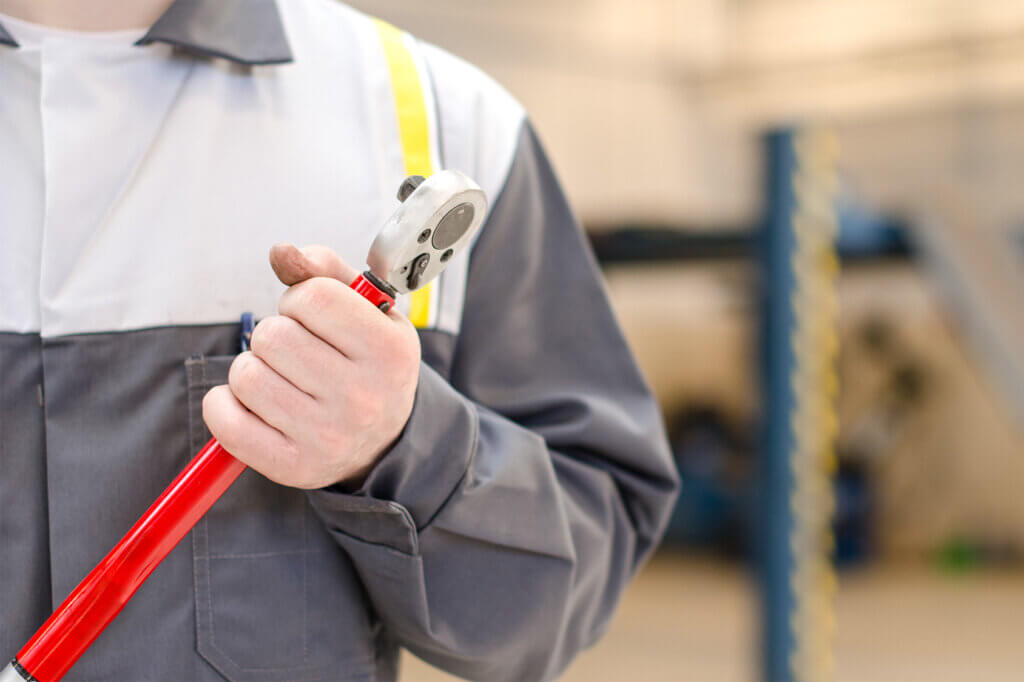
An invention from the 1930s
The desire to tighten bolts and screws with a specific torque arose in the course of industrialisation. At the beginning of the 20th century, more and more powerful combustion engines and vehicles were developed. At the same time, the risks associated with manually tightened bolts and screws increased. The torque spanner with a rod as torque indicator, which is hardly used today, was developed by the Chrysler company in the early 1930s. In 1935, Conrad Bahr and George Pfefferle finally brought the first adjustable torque spanner with a click function onto the market.
This is where the torque spanner comes in
The torque spanner made it possible for the first time to tighten bolts, nuts and screws with a consistent torque that was independent of the user’s individual effort. Modern torque spanners allow only a few percent deviation. The investment in high quality pays off, especially with a precision tool like the torque spanner. The tool is a useful addition to screw connections, because a fastening can only be tight and secure if the fixing is neither too loose nor too tight.
The consequences of a screw fit that is too loose are obvious – which is probably why most drivers tend to overtighten wheel nuts when in doubt. The fear of losing a wheel on the motorway is indeed vivid. Less vivid, however, is the mechanical process triggered by overtightening a bolt or nut. The consequences are no less serious: the mechanical stress in the bolt fastening, rim and other wheel parts results in increased wear and can ultimately lead to the fastening breaking off.
This scenario can be prevented by using a torque spanner. The torque to be set in the spanner can be found in the manufacturer’s technical specifications. The importance for safety has long been known in automotive and railway production as well as in aviation. Accordingly, working without a torque spanner in the modern industrial world is virtually unthinkable. In the meantime, even hobby screwdrivers know the value of a good spanner and are increasingly dispensing with so-called hand-warm tightening. After all, muscle power is not a good indicator of torque.
Changing wheels on your own
Drivers who want to be gentle on their wheels when changing tyres in spring and autumn are better off with a torque spanner in their own garage. The background: In car workshops, car wheels are often tightened to a uniform torque in the hectic pace of everyday life.
Car manufacturers always specify different, model-specific tightening torques for wheel replacement. Depending on the vehicle model, 40 Newton metres (Nm) more or less than the average value of 120 to 130 Nm may be required. Overtightening the bolts can lead to hairline cracks or distortion of the rims. Aluminium rims and magnesium rims are particularly sensitive to improper handling when tightening nuts and bolts.
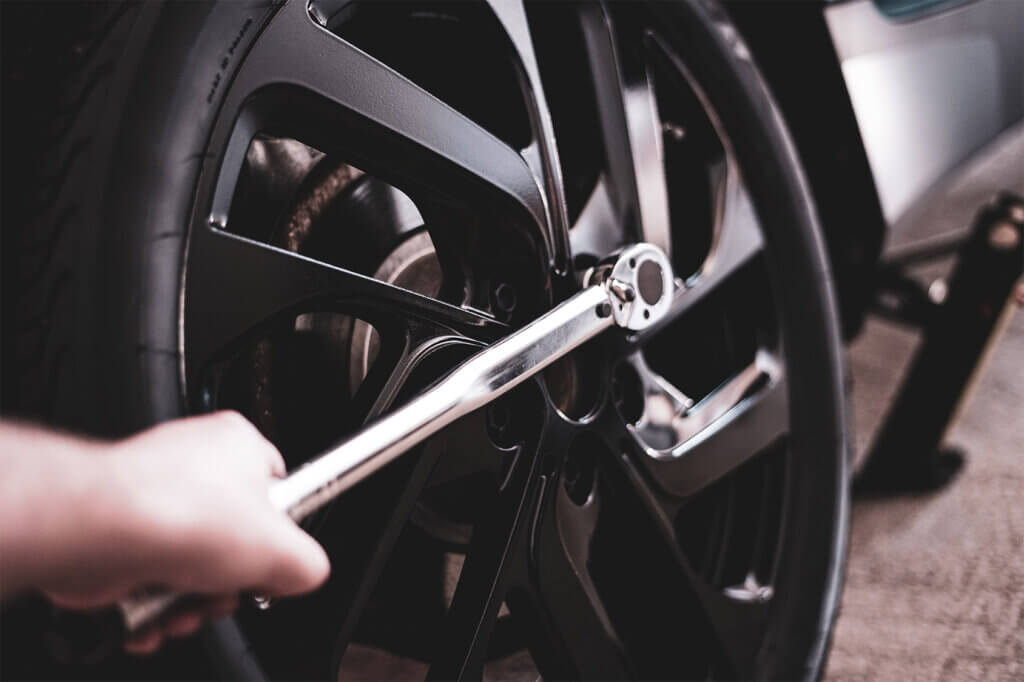
Torque spanner for cyclists
Increasingly, cyclists are also recognising the usefulness of a torque spanner. If you take a look at the bolted connections on a high-quality road bike or mountain bike, you will discover specifications such as 3.5 Nm or 9 Nm – an indication of the torque required for secure fastening. Cyclists who like to work on their bikes themselves are well equipped with a spanner for the torque range from 1 to 25 Nm. To also change sprockets and bottom brackets that require a higher tightening torque, it is worth buying a second torque spanner that should cover up to 65 Nm.
The right spanner for home, workshop and business
A torque spanner offers car drivers, cyclists and craftsmen certainty, security and solid screw fastenings. But how does the spanner actually recognise that a certain torque is applied? Torque spanners differ considerably in their design. The mechanics and, in some cases, electronics integrated into the tools are geared to the various fields of application. For hobby wrenches, therefore, only a certain segment comes into consideration. A distinction can be made between angle-controlled and torque-controlled spanners. More descriptive and meaningful, however, is the distinction between mechanical and electronic torque spanners.
The different types
With the large number of torque spanners of different types, sizes and designs, it is often difficult to make a purchase decision. The main question should be for what purpose the spanner is needed and how high the respective requirements are. A car driver, for example, needs a different torque spanner than a motorcyclist or a cyclist – this is already made clear by the different torque ranges. In the following, we explain the advantages and disadvantages of the individual types of torque spanners.
Indicating torque wrenches
The simplest type of torque spanner is the indicating spanner. With this type, a scale or a mechanical clock takes over the output of the applied torque. This original form of torque spanner consists of the tool arm, which transmits the user’s force to the screw fastening and bends in the process. A second rod attached to the tool head, which remains unloaded, serves as a reference. Based on the deviation, the torque can be read from the scale. The simple design alone suggests that the precision of the indicating torque spanner is not very high. Since reading off the torque is also awkward, it is no longer widespread among do-it-yourselfers or craftsmen.
Pro points
- Low price
- Easy handling
- Simple construction
Drawbacks
- Low precision
- Difficult to read
- Overwinding still possible
Bent and cracked wrenches
A large share of the market for mechanical torque spanners is taken up by the bend spanner and the crack spanner. As the name already suggests, the bend spanner bends when the set tightening torque is reached. This reliably prevents tightening beyond the optimum torque.
Pro points
- No overwinding possible
- Easy handling
- Set point can be preset
Drawbacks
- Not for all applications
- Less precise than a spanner
The crack key signals the limit value to users by means of an acoustic and haptic signal. However, it allows the connection to be overtightened. Therefore, its use requires some experience. With a little practice and the right tightening technique, accidental overtightening can be easily avoided.
If you are handling a torque spanner for the first time, you will be tempted to tighten the screw or bolt with a lot of momentum. When working with the precision tool, however, a different approach is called for – especially if it is a signal-generating crack spanner without a fixed torque barrier. Users should pull the spanner through calmly and evenly to the point where they hear the cracking sound. If you do a few practice tightenings with the new torque spanner, you will soon get the hang of it.
Pro points
- Signals torque acoustically and haptically
- Clear display
- Many keys with high precision
Drawbacks
- Does not break off after torque set
- Crackling too quiet with high ambient noise
- Haptically less noticeable through work gloves
A variant of the click spanner is the slip spanner, also called a slipper. This model is a slipping torque spanner that builds up a slip after reaching the correct tightening torque and no longer transmits any further torque. One disadvantage of the slip spanner is its high price. This is why it is usually only used by professionals. For ambitious do-it-yourselfers who rely on the highest precision, a slip wrench is the ultimate and well worth the one-time investment.
Pro points
- Very high precision
- Detailed setting and reading
- No overwinding possible
Drawbacks
- High price
Mechatronic and electronic torque wrenches
Mechatronic and electronic torque spanners are to be distinguished from mechanical spanners. These special ratchets are mainly used in production and mechanical engineering.
Pro points
- High precision torque wrench
- Audible and visual indicators
- Professional tool
Drawbacks
- High price
- Only for production and special applications
What matters when buying
Experienced do-it-yourselfers and craftsmen appreciate the quality of high-quality tools. When it comes to torque spanners, it is also worthwhile not to go for the cheapest offer, but to go for an advantageous price-performance ratio. If you opt for quality when buying a torque spanner, you will get robust and undamaged screw connections. Tip: When buying, look for a DAkkS certificate and proof of calibration.
How big should the socket of the torque spanner be?
The size of the socket for the nuts depends on the area of application. Quarter-inch torque spanners are available for work on bicycles. Spanners of this size are also suitable for other work – for example, on mechanical or motor-driven gardening tools – so that screw connections are not overtightened. For the motorbike, spanners with a size of three-eighths of an inch come into consideration. If you are looking for a torque spanner for your motor vehicle, a half-inch is the right choice. Spanners with half inch sockets are capable of transmitting the required high torque of often over 100 Nm.
Matching the torque range to the application
It is not possible to loosen luster terminals with a large screwdriver. Nor is a large torque spanner with a torque of up to 300 Newton metres suitable for repairing a bicycle. The required tightening torques for the screwed connections should be known before buying in order to be able to cover the majority of all fastenings with a torque spanner.
Strong material for strong connections
For high-quality torque spanners, brand manufacturers use correspondingly high-quality material. For example, corrosion-resistant chrome vanadium steel of high quality is often used for the tool shaft and the holder. The mechanics of good torque spanners are solid and durable. With proper use, users can expect a long service life. Since a torque spanner is a precision tool, users should handle the tool with care.
Coarse adjustment, fine adjustment and readability
Good torque spanners offer a two-stage adjustment. This often makes it possible to achieve better precision when maintaining the preset torque. When buying a wrench, consumers should look for easy handling and good readability. Since not all places of use have good lighting conditions all the time, this point should also be taken into account when choosing a tool.
Accessories for the torque spanner
Most DIY enthusiasts and craftsmen who already have a set of nuts and bits buy a torque spanner. If you do not yet have a set of sockets, it is worth buying a high-quality socket set. A suitable box or tool bag is also recommended for safe transport of the precision tool. In a shockproof case, the calibrated spanner arrives at the workplace unharmed.
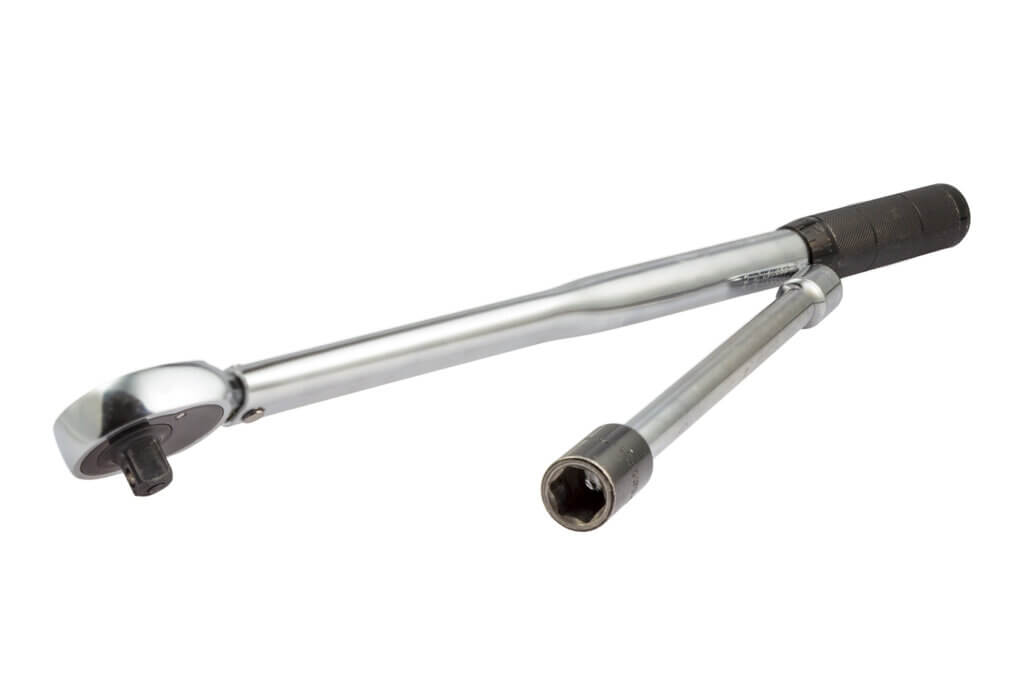
Notes on handling and care
Do-it-yourselfers and craftsmen should not deprive their torque spanners of something they indulge in after work: Relaxation. Ideally, release the preload in the torque spanner after each use. Thanks to this, the accuracy of the spanner remains at a high level. How exactly the tension is released depends on the spanner in question. The operating instructions provide more information on the correct tensioning of the spanner.
Overtightening the key can be dangerous
Even before wheel fasteners or other screw fasteners are torn off, stresses and fine cracks appear in components, which can both impair service life and cause preliminary damage. However, if wheel nuts are not tightened properly, it is not only the wheels that are at risk. Damage can also occur to wheel hubs, brakes and parts of the wheel suspension connected to the wheels due to negligently tightened wheel fasteners. For drivers, the negative influences on safety-sensitive car parts are usually not visible, which is why they assume that they have been properly mounted. However, due to the dynamic driving forces that occur at high speeds, dangerous traffic situations can arise with a time delay.
Do not use additional extensions as levers
Most torque spanners determine the applied torque via the lever force. Therefore, an extension of the lever arm can lead to a falsification of the result. If the torque spanner is selected in the correct Newton metre range, it should not be necessary to use a temporary lever extension. An exception to this is a lever extension supplied or integrated by the manufacturer, as this extension has been taken into account in the design and calculation of the tool.
A torque spanner is for tightening – not loosening.
A torque spanner should not be used to tighten or loosen tight screws and bolts. This can lead to material fatigue and falsification of the measurement results. Depending on the construction and design of the device, premature wear would also be the result.
Caring for the torque wrench
The good news in advance: although it is a measuring device that requires careful handling, the torque spanner is a low-maintenance device. External dirt can be removed with a soft cloth. The internal mechanics require no care and are designed to be maintenance-free. A torque spanner does not require a lot of care, but it will thank you in the form of high reliability for careful handling.
A fall from the table onto the hard floor can affect the measuring accuracy. But even without such incidents, you should calibrate your torque spanner annually to ensure continued precision. To do this, send the spanner to the manufacturer or hand it over to a specialist company.

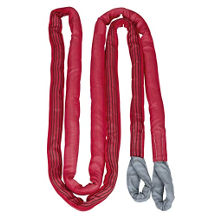
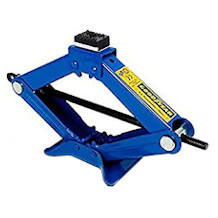

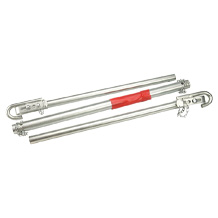
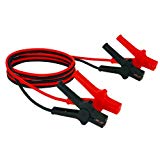

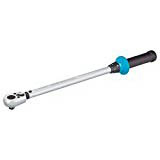
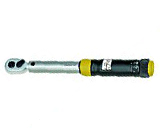
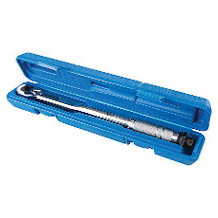
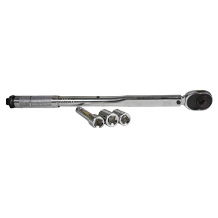
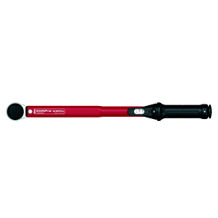
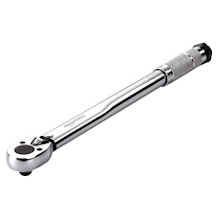
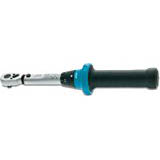

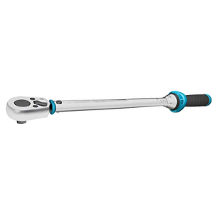
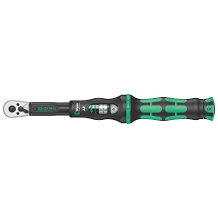
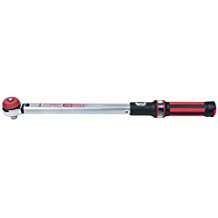
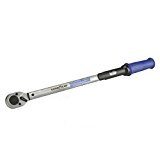
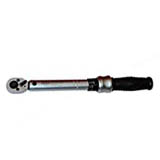

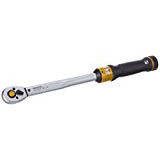
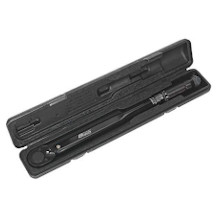
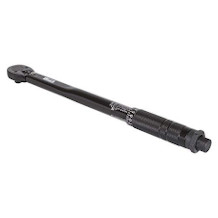


 1,752 reviews
1,752 reviews


